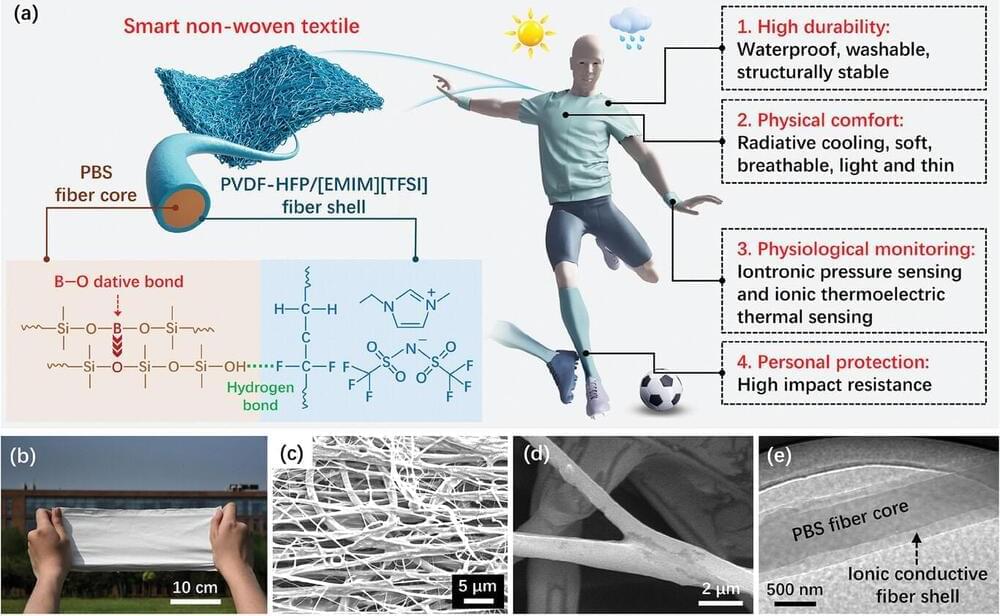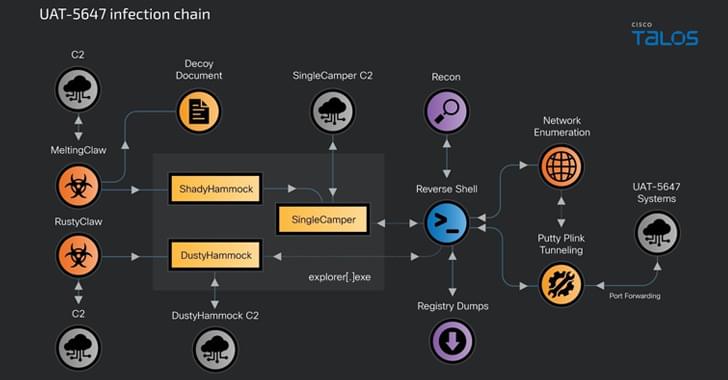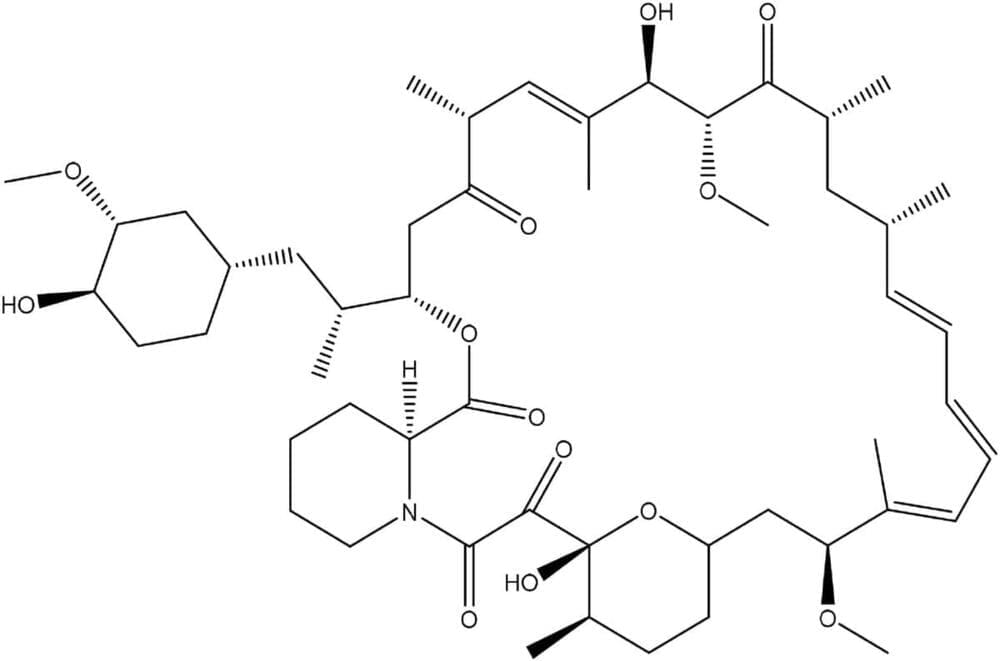An achievement that was deemed impossible has successfully become accomplished. For the first time in history, DNA can be edited. One of the goals is to be able to get rid of genetic diseases. This whole concept in genomic science has opened up a whole new revolutionary way of dealing with such critical health issues. There is a possibility that illnesses that were once incurable have a chance to be curable.
MedlinePlus provides a definition and states that a collection of tools known as genome editing, or gene editing, allows researchers to alter an organism’s DNA. These technologies enable the addition, deletion, or modification of genetic material at specific genomic regions. A person’s DNA can be altered through gene editing to fix mistakes that lead to illnesses.
CRISPR-Cas9, short for CRISPR-associated protein 9 and clustered regularly interspaced short palindromic repeats, is a well-known example as one of the approaches used and developed by scientists to edit DNA. The scientific community is very excited about the CRISPR-Cas9 system since it is more accurate, efficient, quicker, and less expensive than existing genome editing techniques.









